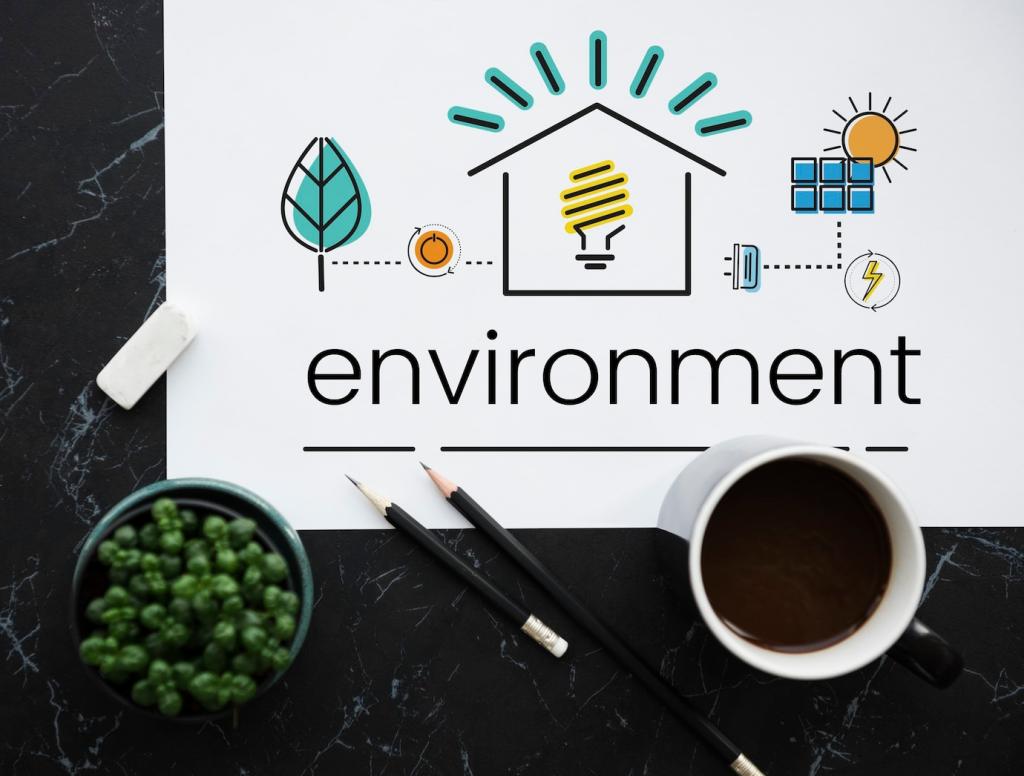Low-Carbon Home Heating Options: A Friendly Guide to Cozy, Cleaner Comfort

Low-carbon heating reduces greenhouse gases across a system’s life, not just at your meter. That includes manufacturing, fuel production, and daily operation. Prioritizing efficiency, clean energy sources, and right-sizing equipment works together to cut emissions without sacrificing comfort.

A heater’s fuel matters, but so does how effectively it turns energy into warmth. High-efficiency systems like heat pumps multiply delivered heat from the same electricity, achieving greater comfort with fewer kilowatt-hours and a lower carbon footprint across the entire heating season.

Electrified heating gets cleaner as the grid decarbonizes. If your region uses more wind, solar, or hydro, switching to electric systems yields bigger carbon savings. Time-of-use tariffs and smart controls can shift heating to greener hours, reducing emissions even further automatically.
Modern air-source heat pumps deliver two to four units of heat per unit of electricity, even in cold climates with the right design. Weather compensation, larger radiators, or underfloor heating allow lower water temperatures, boosting efficiency and keeping rooms evenly comfortable throughout winter.

Learning Thermostats and Weather Compensation
Smart thermostats learn your routines and adjust temperatures gently, avoiding wasteful spikes. Weather compensation anticipates outdoor changes to fine-tune flow temperatures. Together, they stabilize comfort, protect efficiency, and can automatically shift some heating to lower-carbon times if your utility provides green-hour signals.
Zoning and Hydronic Balancing
Divide your home into zones with thermostatic radiator valves or dedicated circuits. Heating rooms only when occupied dramatically cuts wasted energy. Hydronic balancing ensures each radiator gets just enough flow, trimming pump energy and improving warmth distribution without cranking up boiler or heat pump output.

Insulation That Pays Back in Comfort
Attic, wall, and floor insulation reduce heat demand, allowing lower flow temperatures and smaller equipment. Think of insulation as permanent, silent hardware that works every hour. The cozier your home becomes, the more freedom you have to choose the gentlest, lowest-carbon heating solution.
Airtightness Plus Fresh Air Done Right
Sealing drafts prevents expensive heat from slipping outside, but you still need healthy ventilation. Mechanical ventilation with heat recovery can capture warmth from outgoing air and reuse it indoors, improving air quality while supporting low-temperature heating strategies that shine in efficient, snug homes.
Windows, Shading, and Solar Gains
High-performance glazing, well-fitted blinds, and thermal curtains reduce losses at night and control glare by day. Smart shading preserves winter sun while preventing summer overheating. These details help heat pumps and other low-carbon systems maintain steady comfort with less energy and fewer carbon emissions.


Renewable Pairings and Heat Storage
Roof-mounted solar thermal panels can preheat water, easing workload on your boiler or heat pump. A well-sized cylinder stores that warmth for showers and laundry later, turning sunny hours into practical comfort gains while trimming both energy bills and your home’s heating carbon footprint.
Renewable Pairings and Heat Storage
Thermal stores and buffer tanks help low-temperature systems run steadily, improving efficiency. Oversized radiators or underfloor loops deliver gentle warmth with cooler water. Together, these choices reduce cycling, maintain comfort, and unlock the full low-carbon potential of modern heat pump installations in real homes.
Real-World Stories and Lessons
One reader replaced an aging gas boiler with an air-source heat pump and larger radiators. After adjusting flow temperatures and enabling weather compensation, they reported quieter comfort, steady warmth, and fewer cold corners. Their tip: spend time on system commissioning and ask your installer detailed questions.


Real-World Stories and Lessons
A rural household chose a pellet boiler tied to a certified local supplier. With clean storage, good maintenance, and modern emissions controls, their home stayed cozy while supporting nearby jobs. They now coordinate deliveries seasonally and share best practices with neighbors curious about sustainable biomass heating.
Start With a Whole-Home Heat Audit
List your home’s age, insulation levels, window types, radiator sizes, and electrical capacity. Estimate heat demand and identify quick wins like sealing drafts. The better your building fabric, the more options you have, and the easier it becomes to run truly low-carbon heating every day.
Match Technology to Lifestyle
If you’re home all day, steady low-temperature heat may suit you. If schedules vary, zoning and smart controls shine. Rural homes may consider pellets or ground-source, while urban flats benefit from compact air-source or heat networks. Share your situation below and we’ll suggest targeted pathways.
Engage, Subscribe, and Ask Your Big Questions
Tell us what worries you most—noise, radiators, hot water, or winter performance. Subscribe for step-by-step guides, real audits, and seasonal checklists. Comment with your floor area and climate zone, and we’ll craft a low-carbon heating game plan you can act on this month.

